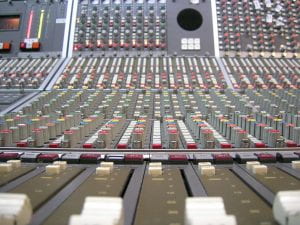Audio Recording Sound Safari
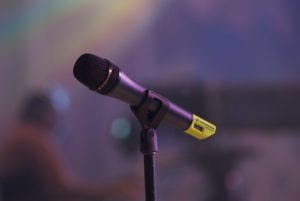
Summary
Our team recorded three separate audio files, at varying distances and in different environments, with a professional microphone.
Audio Terms and Definitions
- Sound Wave
- A vibrational disturbance that involves the mechanical motion of molecules transmitting energy from one place to another.
- Compression
- Reducing a signal’s output level in relation to its input level to reduce dynamic range.
- Frequency
- The # of times per second that a sound source vibrates, is expressed in hertz (Hz).
- Hertz
- Unit of measurement of frequency; numerically equal to cycles per second (cps).
- Infrasonic
- The range below the frequencies is audible to human hearing.
- Ultrasonic
- The range above the frequencies of human hearing.
- Pitch
- The subjective perception of frequency – the highness or lowness of a sound.
- Fundamental
- The lowest frequency a sound source can produce. In other words, it is also called the first harmonic or primary frequency which is the lowest, or basic, pitch of a musical instrument.
- Sound Frequency Spectrum
- The range of frequencies audible to human hearing: about 20 to 20,000 Hz.
- Octave
- The interval between the two frequencies that have a tonal ratio of 2:1.
- Bass
- The low range of the audible frequency spectrum; is usually from 20 to 320 Hz.
- Midrange
- The part of the frequency spectrum to which humans are most sensitive; is the frequencies between roughly 320 Hz and 2,560 Hz.
- Treble
- The frequency range between roughly 5,120 Hz and 20,000 Hz, the highest two octaves audible to human hearing in the sound frequency spectrum.
- Equalization
- A signal-processing device that can boost, attenuate, or shelve frequencies in a sound source or sound system.
- Amplitude
- The magnitude of a sound wave or an electric signal is measured in decibels.
- Decibel (dB)
- A relative and dimensionless unit to measure the ratio of two quantities.
- Wavelength
- Distance between two peaks of a wave
- Velocity
- Speed in a given direction
- Harmonic
- Is a multiple of the fundamental frequency
- Phase
- Factor in the interaction of one wave with another, either acoustically or electronically
– Audio terms and definitions from Wikipedia
Voice Recording
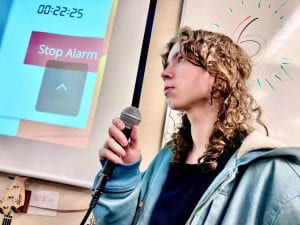
Outdoor/Environment Recording
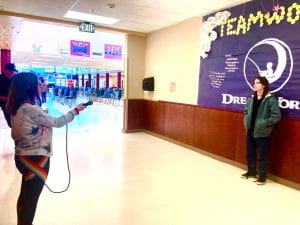
Instrument Recording
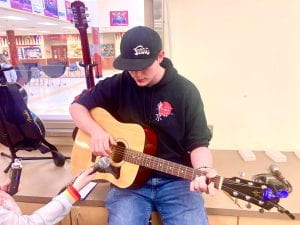
What I Learned & Problems I Solved
I learned how to use the audio interface and mic setup. I had a bit of trouble at first figuring out how to stop recording, but I think I figured it out pretty quickly.
